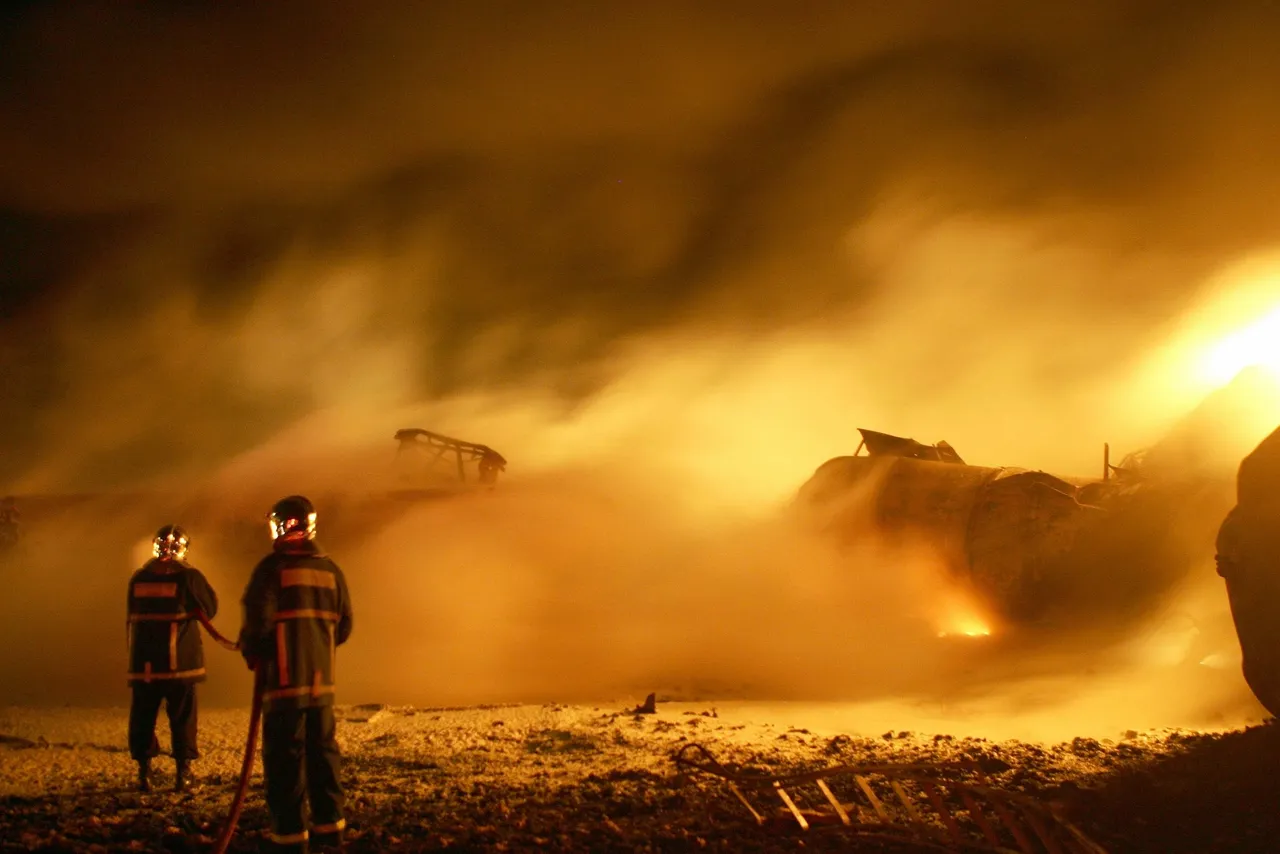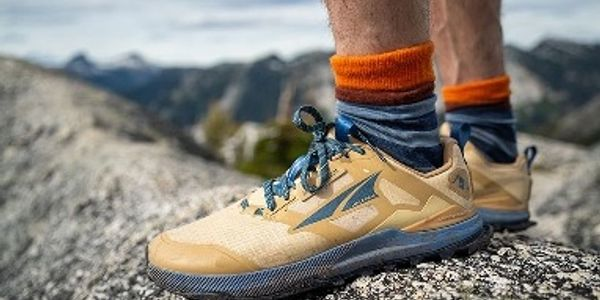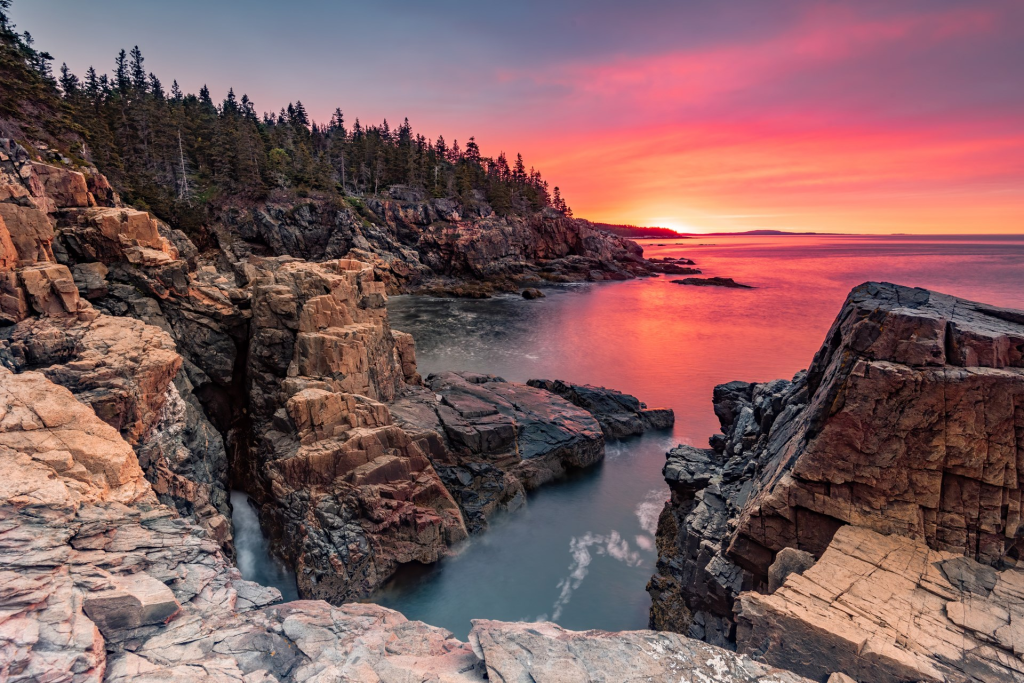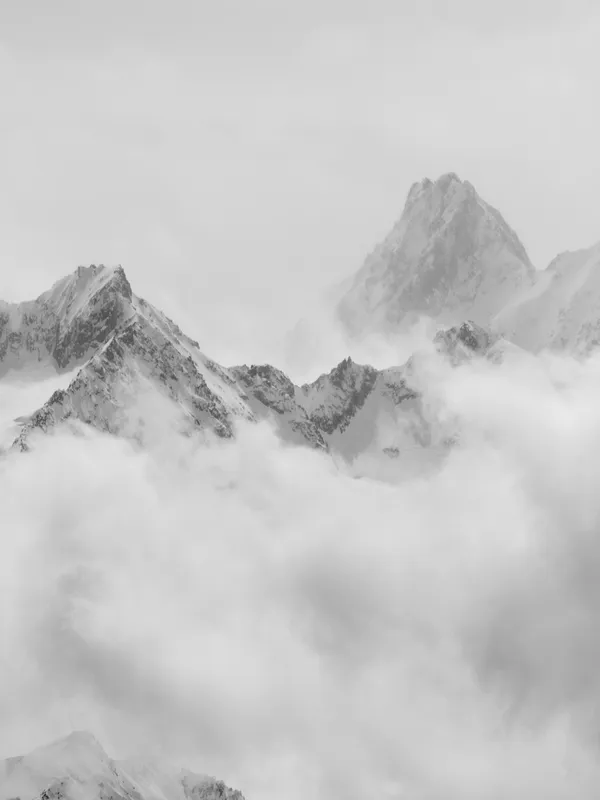A Backpacker’s Guide to Hiking and Wildfires
By Cap Puckhaber, Reno, Nevada
I’m Cap Puckhaber, a marketing professional, amateur investor, part-time blogger, and outdoor enthusiast. Today we break down how wildfires affect the great outdoors. Wildfires have wreaked havoc across many parts of the United States over the past few years. Consequently, outdoor enthusiasts who enjoy hiking and backpacking in national forests and parks are feeling their effects far and wide. The summer wildfire seasons from 2022 through 2024, for example, have intensified. This has directly affected trail access, park operations, and the safety of outdoor adventures. As a result, it is crucial for hikers and backpackers to stay informed, adjust plans accordingly, and understand how these fires are shaping the future of outdoor recreation.
The Growing Threat of Wildfires
In recent years, the wildfire season has grown demonstrably longer. Fires now begin earlier in the year and stretch well into the fall. 2023 saw devastating fires in California, Oregon, Washington, and Colorado, and this pattern unfortunately continued in 2024. Wildfires pose significant risks to both ecosystems and human life. Moreover, their effects ripple through communities and recreational areas. The immediate dangers of smoke and fire are not the only problem. In addition, the aftermath of these fires can have long-lasting consequences on hiking trails, wildlife, and park facilities.
Areas Affected and Trail Closures
One of the most immediate impacts of wildfires is the closure of trails and parks. For safety and recovery purposes, land managers in fire-prone regions will frequently close trails.
How to Find Closure Information
Trails in California’s Sierra Nevada and Colorado’s Rocky Mountain National Park are, for instance, often impacted during peak wildfire seasons. Backcountry campsites and trails can be closed temporarily due to active fires, even if the fires are miles away. Land managers typically communicate these closures through official websites, national forest alerts, and the National Park Service.
Some well-known parks, such as Yosemite National Park and the San Juan National Forest, have seen significant closures. This risk often makes accessing certain areas impossible. Therefore, hikers must check the latest trail conditions before embarking on any trip. The National Interagency Fire Center (NIFC) provides excellent updates on fire activity. Similarly, local and federal land management agencies issue warnings about high-risk areas.
How to Plan Your Backpacking Trip
Ultimately, planning is key when hiking in areas affected by wildfires.
Stay Informed and Pack Smart
First, you need to stay informed. You should check for real-time alerts and closures on official park and forest websites. Many national parks and forests now use apps or online systems that notify hikers about trail conditions, smoke levels, and fire activity.
Additionally, always prepare for the possibility of sudden changes. You should pack items that help you handle smoke or a possible evacuation. For example, N95 masks or bandanas can protect your airways. You must also check smoke forecasts to gauge air quality in advance. If you are visiting an area with a recent wildfire history, consider bringing a GPS device or map. This preparation helps you avoid relying on trails that may no longer exist or be safe to navigate.
Permits and Special Guidelines
Furthermore, some areas are now requiring permits to hike and camp, particularly in high-demand regions. Yosemite and the Great Smoky Mountains, for instance, have long had permit systems for backcountry hikers. Many other national parks are following suit to help manage overcrowding and minimize fire risks. You can usually find permits through the park’s official website or Recreation.gov. Applying for these permits well in advance is a good idea. This is because many areas require reservations.
How You Can Help
If you’re passionate about hiking, this is not just about preserving trails for your enjoyment. It is about protecting the parks for everyone.
Luckily, there are many ways you can help prevent wildfires and support recovery efforts. For instance, you can volunteer with organizations such as the National Forest Foundation or the Sierra Club. These groups actively work to plant trees, clean up trails, and raise awareness about fire safety. They are deeply involved in reforestation projects and work to restore areas damaged by fire.
Additionally, practicing fire safety yourself is essential. You must follow Leave No Trace principles. This includes avoiding campfires in dry areas and properly disposing of all waste. Educating others about wildfire prevention can also make a huge difference. This is especially true in areas where human activity is a contributing factor to fire risk.
Conclusion
As wildfires continue to be a significant threat, it is more important than ever to stay informed. You must plan ahead for your outdoor adventures. Your actions can help protect these natural wonders, whether it’s understanding trail closures, acquiring permits, or contributing to prevention efforts. By taking the necessary precautions and being responsible stewards, we can continue to enjoy hiking while supporting the resilience of our public lands.
Frequently Asked Questions
How can I check the air quality before my hike?
Check official smoke forecasts and air quality monitoring websites. A reliable resource is AirNow.gov, which uses data from the Environmental Protection Agency (EPA) to provide real-time air quality maps for smoke and other pollutants. Many local weather apps also integrate this data.
What should I do if I smell smoke or see a fire while hiking?
Your safety is the first priority. Do not try to investigate. Leave the area immediately, moving away from the fire, preferably downhill or downwind if possible. Once you are in a safe location with cell service, report the fire to 911 or the local ranger district with as much detail as possible.
Is it still safe to have a campfire in the backcountry?
This depends entirely on local conditions and restrictions. You must check for fire bans before your trip. Many areas in the western U.S. have total campfire bans for much of the season. Even if permitted, follow all Leave No Trace principles, use an existing fire ring, and never leave a fire unattended.
Are hiking trails permanently damaged after a wildfire?
Wildfires can cause significant damage, including destroying trail structures, destabilizing slopes, and increasing the risk of flash floods and fallen trees. However, ecosystems are resilient. Volunteer organizations and land management agencies work hard to restore trails, but it can be a long process. Always obey trail closures in post-fire areas for your safety.
About the author
Cap Puckhaber is a marketing strategist, finance writer, and outdoor enthusiast. He writes across CapPuckhaber.com, TheHikingAdventures.com, SimpleFinanceBlog.com, and BlackDiamondMarketingSolutions.com. Follow him for honest, real-world advice backed by 20+ years of experience.
A Hiker’s Guide to Extreme Weather
Hiking Rescues and Hiker Responsibility
A Hiker’s Guide to Active Volcanoes

Join our Mailing List
Sign up with us now and be the first one to know about our exclusive offers and product updates.
By submitting your information, you`re giving us permission to email you. You may unsubscribe at any time.
Follow Cap Puckhaber on Social Media


About the Author: Cap Puckhaber
Backpacker, Marketer, Investor, Blogger, Husband, Dog-Dad, Golfer, Snowboarder
Cap Puckhaber is a marketing strategist, finance writer, and outdoor enthusiast from Reno, Nevada. He writes across CapPuckhaber.com, TheHikingAdventures.com, SimpleFinanceBlog.com, and BlackDiamondMarketingSolutions.com.
Follow him for honest, real-world advice backed by 20+ years of experience.





